While large cities like Tokyo and Osaka certainly have their own appeal, the Japanese countryside is really something special all on its own. Forests, lakes, waterfalls, and beaches…Japan has it all, and almost every inch of its rural land is breathtakingly beautiful.
There is one aspect of the lovely Japanese countryside that is part man-made, however: satoyama (里山). The word literally means mountain (山, やま) village (里, さと), but it’s much more than that. Satoyama refers to farmlands that are built on the base of a mountain or on the edge of mountain forests.
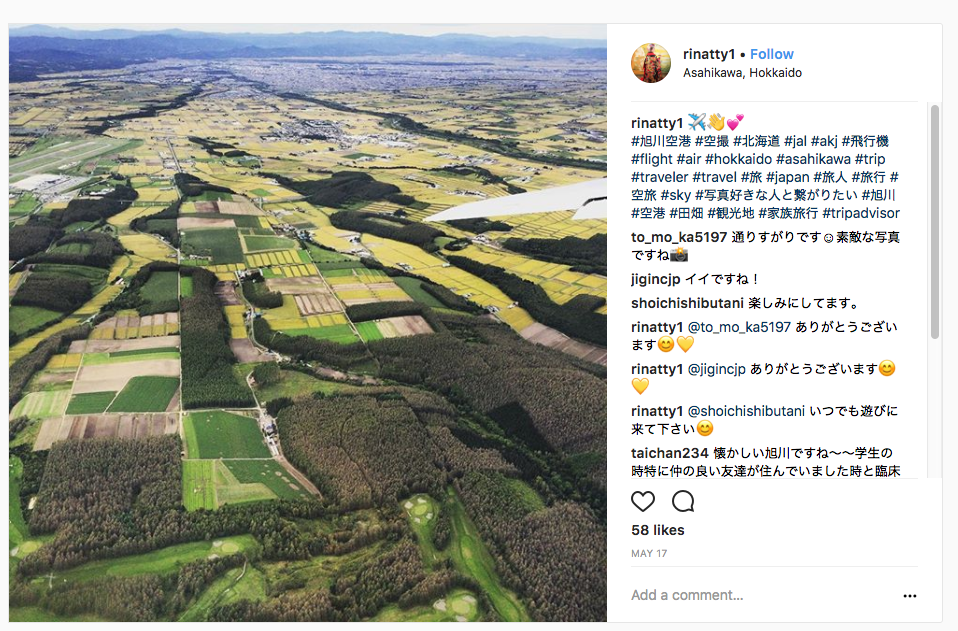
Satoyama include crop fields as well as forests of trees cultivated for lumber and firewood, but the first thing that comes to mind when we think of satoyama is rice paddies. Green land divided into perfect sections, with mountains rising in the background, is one of the most quintessential scenes of the Japanese countryside.
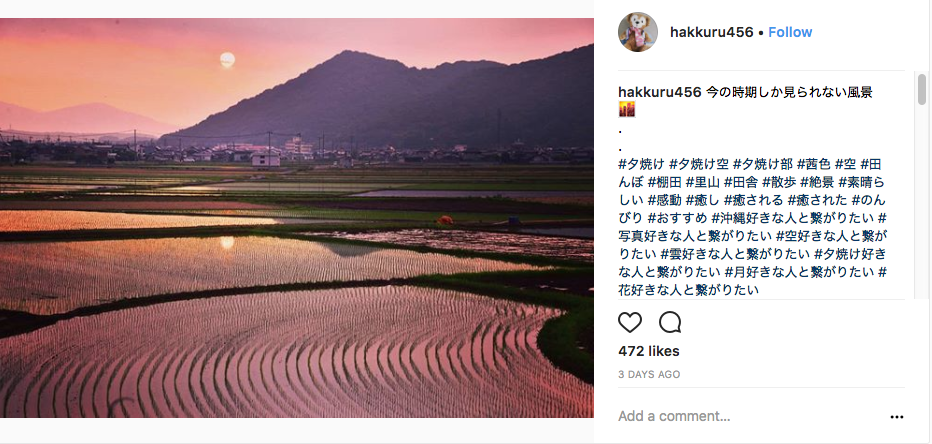
The neat lines of the rice paddies combined with the wild nature of the forested mountains behind them is a feature unique to satoyama. Of course, terraced rice paddies are also included.
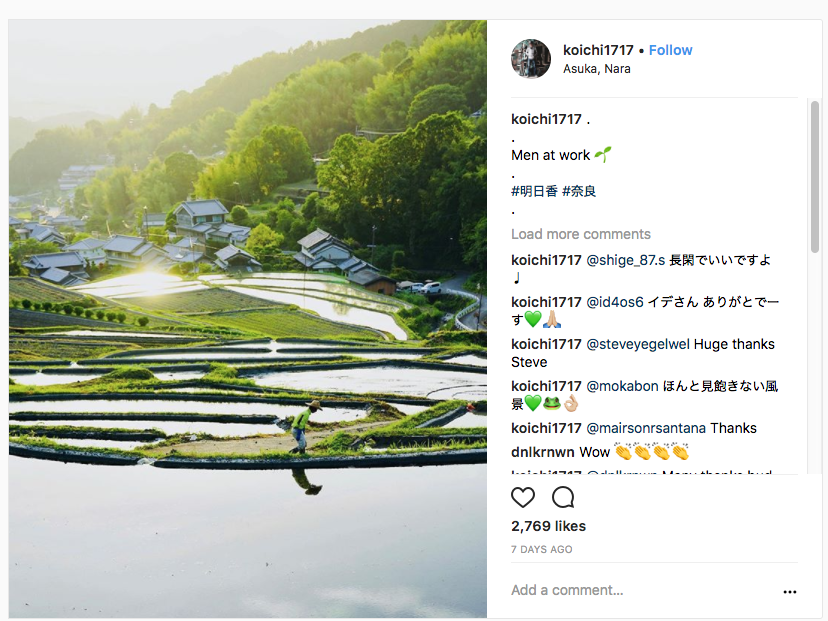
The carving of vegetable fields into mountainsides, not just rice paddies and not just at the base of mountains, is another kind of satoyama. These are amazing not only for their beauty but also for the mere fact that they were created and are maintained on the side of a mountain.
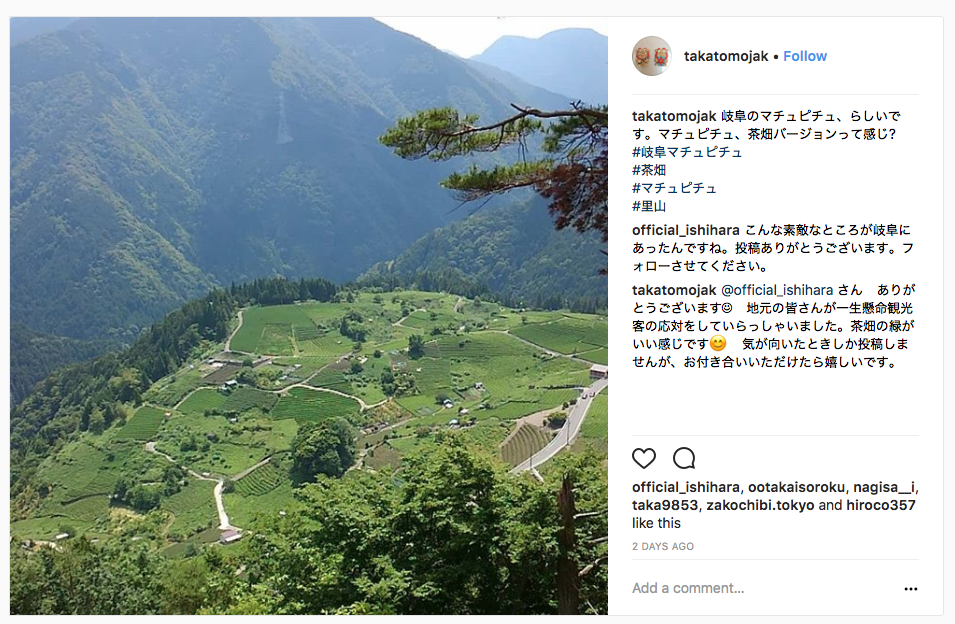
One key to the beauty of satoyama is the verdure of the crops. Japanese farms typically grow green plants like cabbage, potatoes, eggplants, and, of course, rice, as opposed to browner crops like wheat (though there are also wheat farms in Japan). This makes the farmland look like an extension of the mountain, and that could be why the Japanese countryside seems so lush for most of the year.
The old-style farm buildings that dot the farmlands could also be considered part of the visual charm of satoyama. Though the term itself refers mostly to landscaping, viewers can still appreciate the addition of these quaint, man-made features amidst the green of the fields.
But the thing that makes satoyama really special to Japanese people is that they don’t just sit on the border of the mountains; they work together with them in the name of biodiversity. Rice paddies are home to many insects and amphibians, who serve as sustenance for birds, and the cultivated mountain-base forests are host to a variety of plant and animal life. They’re an important ecological asset to the country, and that is what differentiates satoyama as a unique kind of farmland.
Given the cultural and ecological importance of satoyama and Japan’s reverence for nature in general, it’s no surprise that they have also been deliberately drawn into the scenery of many anime. "My Neighbor Totoro," for example, is set in a colorful and detailed rendering of a satoyama northwest of Tokyo, which left a lasting impression in many viewers’ hearts and minds.
While, sadly, many satoyama are falling into disrepair (in part because of the modernization of Japan), beautiful satoyama still exist all across the country. Merely traveling an hour outside of Tokyo in just about any direction will bring you to picturesque satoyama views, so on your next trip to Japan, take some time to enjoy the sights of these beautiful mountain farmlands.
Source: Twitter/@taitan21
Read more stories from SoraNews24.
-- Japan’s ‘agri-tech’ farming revolution
-- Nara, Japanese city famous for its streets of tame deer, begins culling program within city
-- Better than mosquito repellent – The most eco-friendly (and spiritual) way to repel pests in Japan
- External Link
- https://soranews24.com/2018/06/06/beautiful-mountain-farmlands-are-yet-another-reason-to-visit-rural-japan/
 Take our user survey and make your voice heard.
Take our user survey and make your voice heard.
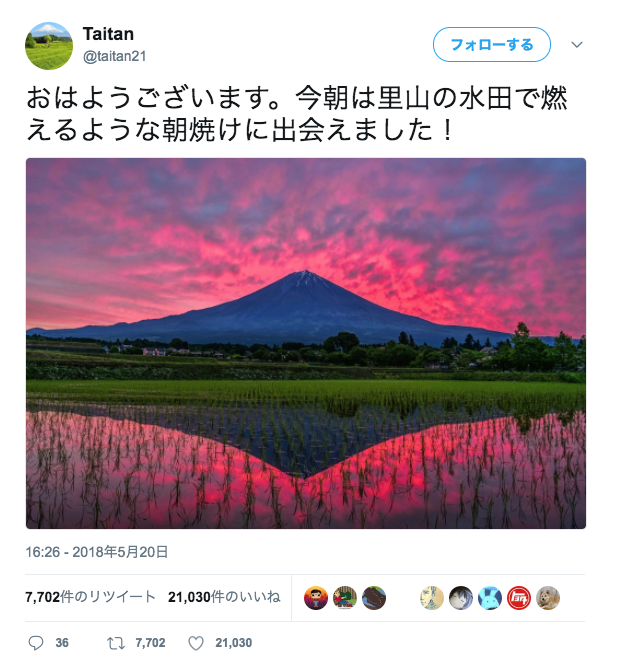


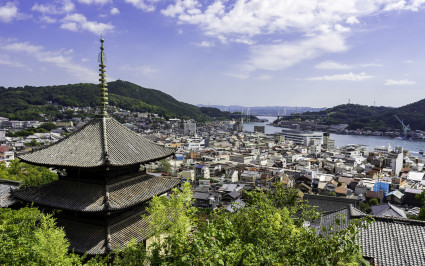











9 Comments
Login to comment
Nan Ferra
Does anyone actually visit Japan for this????? Way better places throughout the world, including Europe, North America, South America!
Arata Aoyagi
These views are very beautiful! I want to visit there ! Everyone thinks that countryside is boring spot but there is worth seeing and visiting.
ZENJI
WOW, I wanna go there.
kohakuebisu
Is this sponsored by the Nihonjinron Society? There is a lot of beauty in the Japanese countryside, but this article is way over-the-top. Totoro is a cartoon and was set in the 1950s. It is false nostalgia for something that may have existed, but certainly doesn't exist now.
Unique yes, but not in the wonderful Nihonjinron way. There will be farmers living in closer harmony with nature all over Asia. Japanese farmers use the most chemicals, their local governments use the most concrete, and a full 40% of their forests are conifer plantations. That's conquering nature, not living with it.
kurisupisu
If only the Japanese thought that ‘satoyama’ was such an idyllic idea, then more of them would be living the country life.
However, they don’t!
The reason for this is that investment in rural areas is basically zero.
Companies don’t locate in Tottori, Fukui or Shimane as access is limited.Public transport is painfully scarce and qualified staff are non existent.
Central government would rather promote lending to Vietnam or Cambodia leaving millions of Japan one recourse-a move to a large Japanese city.
Aly Rustom
Some people prefer the sea- others the mountains-
Give me the mountains ANY day. Whenever we decide to go on a family trip, we always look for tiny mountain villages tucked in the middle of nowhere. LOVE EM!
Going to Togakushi in a couple of months for the upteenth time..can't wait!
Yeah Japan's best feature is its mountains..
Aly Rustom
sounds like heaven!